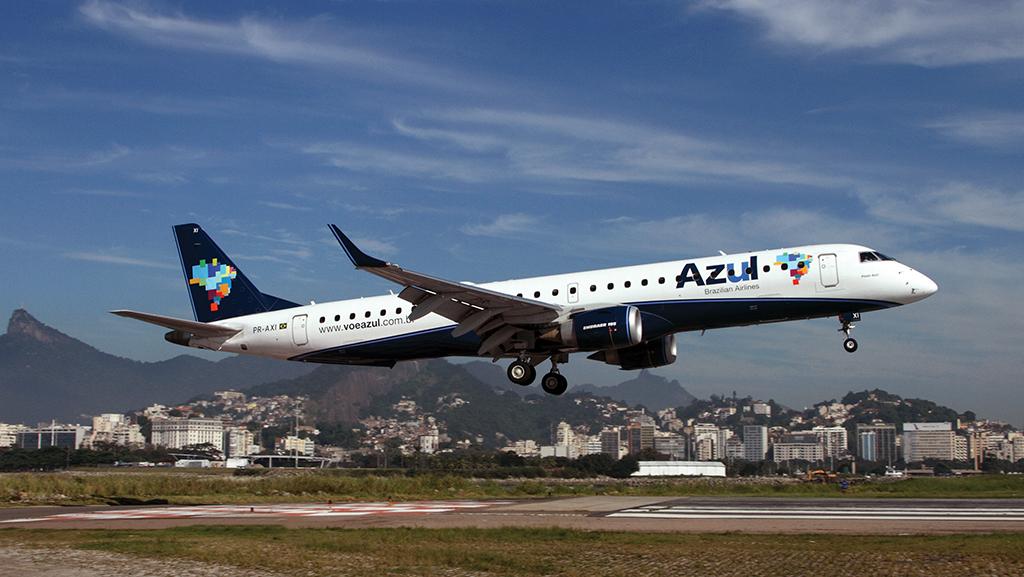
Credit: Rob Finlayson
One statistic exemplifies the tantalizing potential of air travel in Latin America: The average Spaniard takes over 10 times more airline trips annually than the average Brazilian. In both the US and Canada, the per capita annual airline trip average is 2.6, while Spain stands at 4.56, according to...
Analysis: Growth Potential In Latin America Is Being Thwarted is part of our Air Transport World subscription.
Subscribe now to read this content, plus receive full coverage of what's next in air transport from the experts trusted by the global air transport community. Every article focuses on what airline management professionals need to run their airline, including crucial analysis and insights in financing, airframes and engines, environmental and regulatory pressures and much more.
Already a subscriber to ATW or an AWIN customer? Log in with your existing email and password.





